Mari Evans : Carl Pope
From March 14 to April 14, 2018
Exhibit Opening
March 14, 2018 at 6pm
Curator(s)
Artist(s)
Performers
Actor: Phelena Napper
With the collaboration of Teslim Sanni, VCUarts Qatar student
Location
Acknowledgment
This collaboration with the Tube Factory artspace focuses on American poet and artist Mari Evans. One of the founders of the Black Arts Movement, Evans published her first work Where Is All the Music in 1968 followed by I Am a Black Woman in 1970.
During this time, she also worked as a producer, writer, and director of The Black Experience (1968-1973) – a history documentary that aired on prime time in Indianapolis. The most important of her countless awards for writing came in 1981 when she received the National Endowment for the Arts Creative Writing Award.
The exhibit will feature a commissioned text-based piece by artist Carl Pope related to Evans·s book of essays, Clarity as Concept: A Poet’s Perspective. It will also feature photographs and video from The Black Experience television program provided by Evans.
Musician Jelani Akil Bauman, artists Phelena Napper and VCUarts Qatar student Teslim Sanni pay tribute to Mari Evans at the opening reception with music and poetry reading. Mari Evans passed away on March 10, 2017.

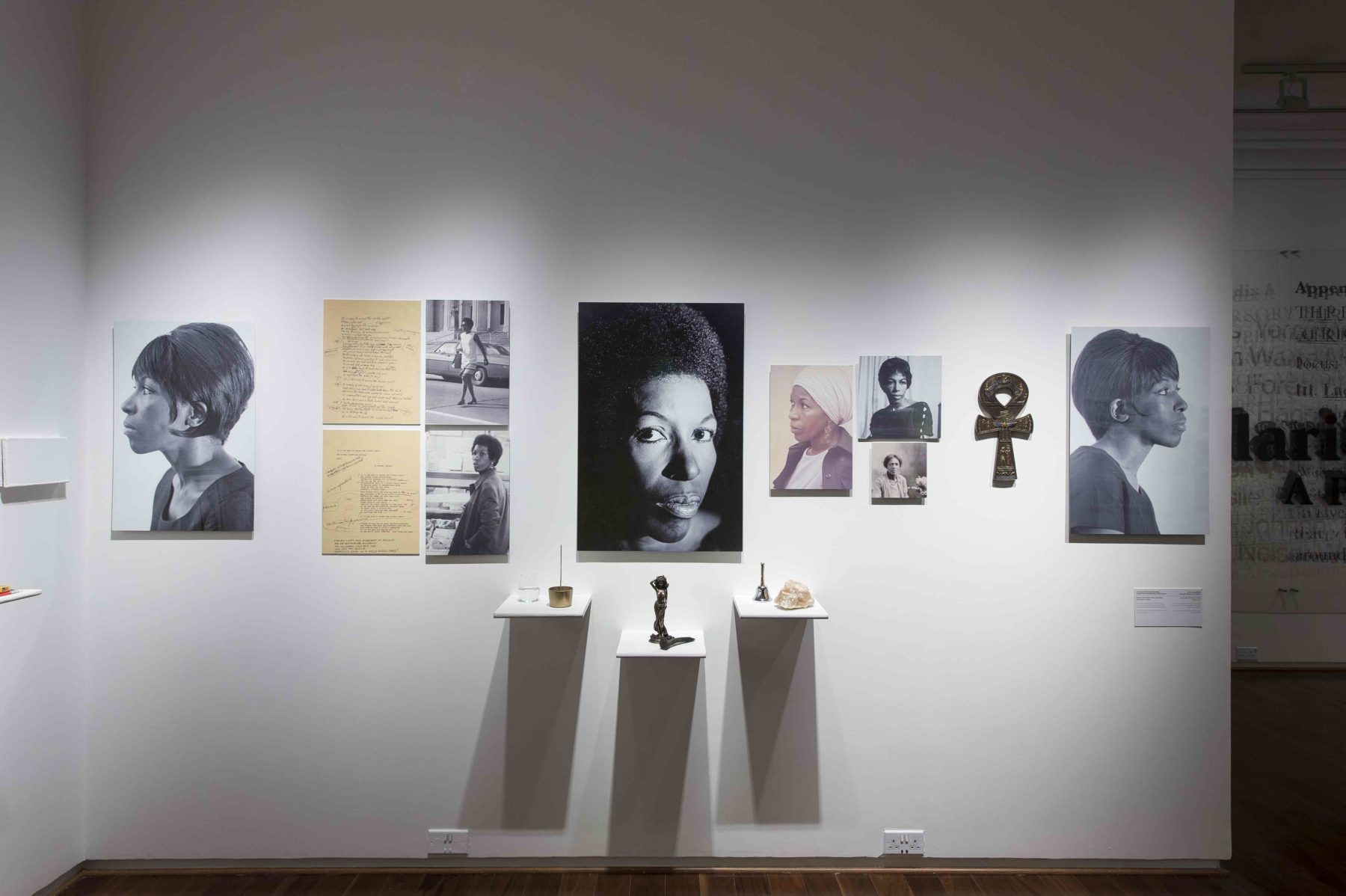
A Meditation on Mari Evans' Book
"Clarity as Concept:
A Poet's Perspective"
By Carl Pope
In the early 1970’s, I was a curious adolescent unable to initially grasp the depths and dimensions of Mari Evans’ writings. Whenever Ms. Evans made a public appearance, I would attend and find myself caught up in the palpable excitement of being in her presence without expectation of how her words…how her perspective…would affect my thinking. For me, Mari Evans was a local hero not unlike Etheridge Knight, Gwendolyn Brooks, Wes Montgomery, J.J. Johnson, Slide Hampton, Henry Louis Gates Jr., and Muhammad Ali. They were Black literary, artistic, and socio-political trailblazers at a time during my formative years when Indianapolis was a major hotspot for Black cultural innovation and production.
I was a witness to an explosion of Black creativity in Indianapolis in the 1970’s that left me with strong impressions which activated my imagination in ways not detected by my conscious awareness. Some of those impressions came into sharp focus in 2015 when I met Garrett Hongo; an acclaimed poet and close friend of Etheridge Knight, who helped me to understand my connection to the ideas of the Black Arts Movement. But it was not until Shauta Marsh and Jim Walker of Big Car…having asked me to create a text-based installation about Mari Evans’ Book Clarity as Concept: A Poet’s Perspective…that I fully realized that my primary concerns as a socially engaged artist were deeply informed by my initial experiences of Mari Evans and the Black Arts Movement
in Indianapolis.
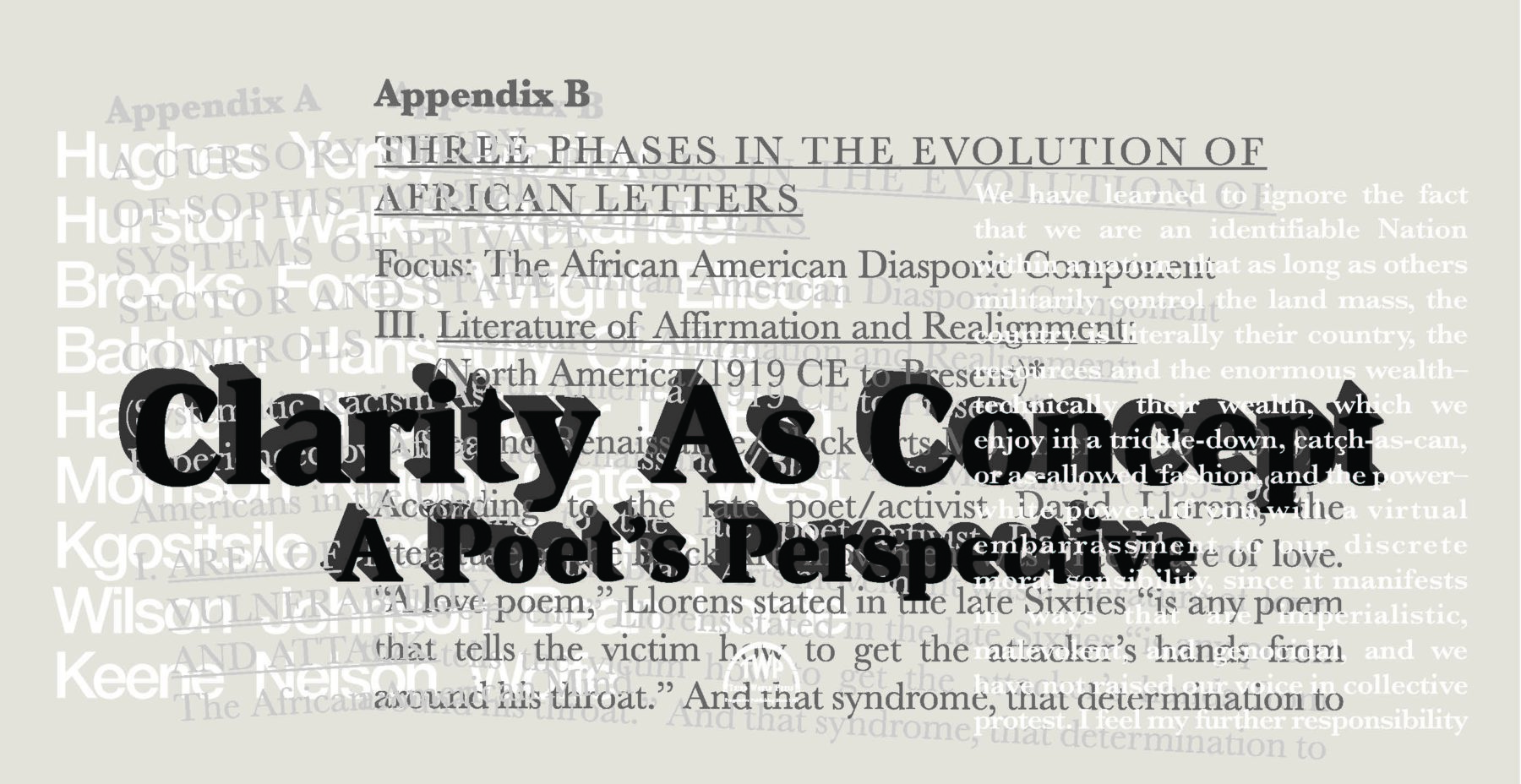
For Mari:
"...you championed me
from a place of unseen being
and through that moment
I become revealed
illuminated
(and now)
uplifted
to a place of honor
among the living."- K.R.Pope©, Copyright 2015
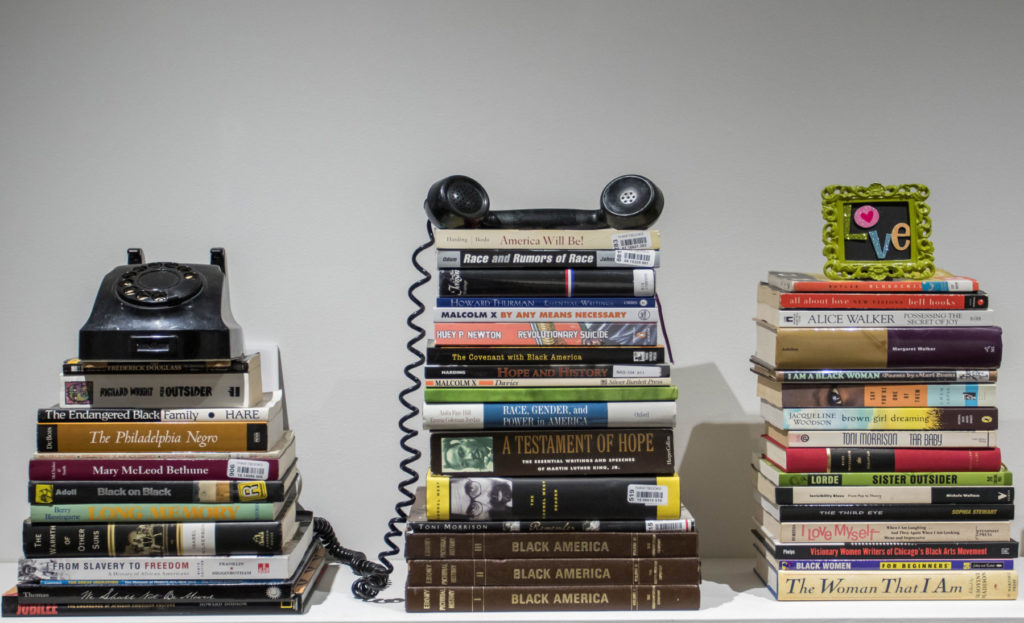

Biographies

Carl Pope’s artistic practice is committed to the idea of art as a catalyst for individual and collective transformation(s).
His multimedia installations were exhibited at prestigious venues including: The Museum of Modern Art and The Museum of Contemporary Photography in Chicago; receiving generous support from The Guggenheim Foundation, The Lilly Endowment, The National Endowment for the Arts, and The Louis Comfort Tiffany Foundation. The installations gained national and international exposure with New Photography 6 at the Museum of Modern Art and Black Male at the Whitney Museum of American Art.
Since 1990, Pope’s methodology with public art evolved into ongoing collaborative efforts with artists and communities producing large scale public art inventions that stimulate public dialogue and/or community revitalization. Excursions into his internal landscape produced the video/text installation Palimpsest commissioned by the Wadsworth Atheneum; with funds from The Warhol and Lannan Foundations, was included in the Whitney Biennial 2000.
The essay of letterpress posters: “The Bad Air Smelled of Roses” and his recent billboard campaigns continue his ongoing exploration into public and inner space.
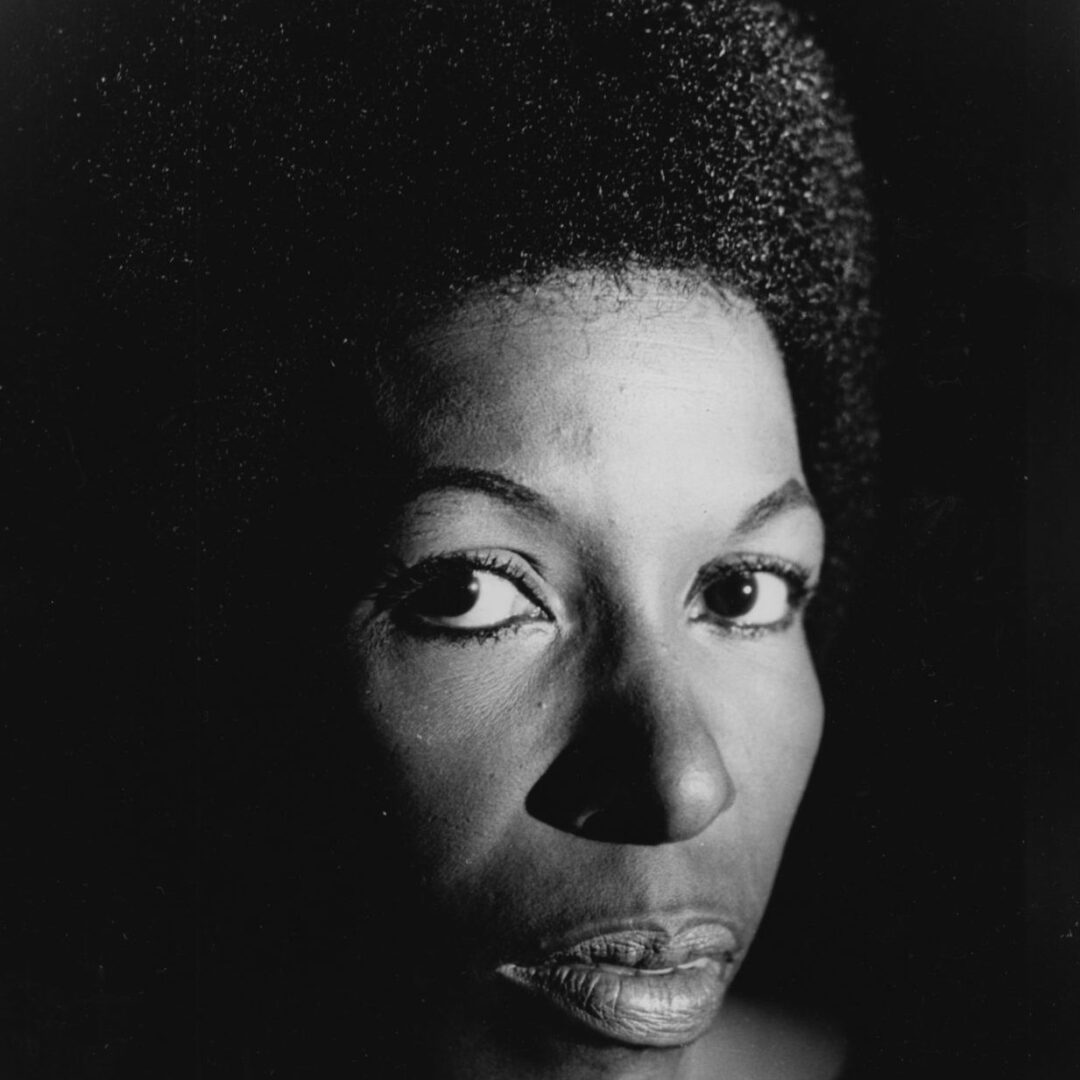
Mari Evans’ mother passed away when Evans was 10 years old. Evans’ father immediately felt the need to encourage her in any way he could, cultivating her talent of writing that would later serve as her main career focus. After attending public schools in her hometown of Toledo, Ohio, Evans attended the University of Toledo in the 1940s where she studied fashion design, but left without a degree. Evans’ interests shifted to writing poetry and by 1969 she was a writer-in-residence at Indiana University where she taught courses in African American Literature.
An influential member of the 1960s Black Arts movement, which included Amiri Baraka, Gwendolyn Brooks, Nikki Giovanni and Etheridge Knight, Mari published her first work Where Is All the Music? in 1969, followed by her more famous I Am a Black Woman (1970). During this time Evans also worked as a producer, writer, and director of The Black Experience (1968–1973) – a history documentary that aired on prime time in Indianapolis. She also worked in theatre, adapting the musical Eyes (1979) from Zora Neale Hurston’s novel Their Eyes Were Watching God as well as writing a choreopoem, River of My Song and a one-woman theatre piece called Boochie. Evans’ books for children include Dear Corinne, Tell Somebody! Love, Annie: A Book about Secrets (1999), and Singing Black: Alternative Nursery Rhymes for Children (1998, illustrated by Ramon Price).
Evans also served as a consultant for the National Endowment for the Arts from 1969 to 1970. She published two collections of her poetry, Nightstar: 1973-1978 (1981) and A Dark and Splendid Mass (1992). In 1984, Evans edited the first significant collection of black women’s poetry – the groundbreaking Black Women Writers (1950-1980). A new book of poetry Continuum was released in 2015.
Evans has taught at a number of other institutions including Cornell, Northwestern, Washington University in St. Louis, Spelman College, the University of Miami at Coral Gables, and the State University of New York at Albany. But she is best known for her poetry, with her work appearing in more than 100 anthologies. Most of that work focuses on the celebration of Africa and the struggles of the Civil Rights Movement as well as other themes bringing to light the reality of the African American experience. These projects were largely influenced by close friend Langston Hughes, who pushed Evans to write with confidence and to evolve into a well respected figure in the Black Arts Movement of the late 1960s and early 1970s.
The most important of her countless awards for writing came in 1981 when she received the National Endowment for the Arts Creative Writing Award.
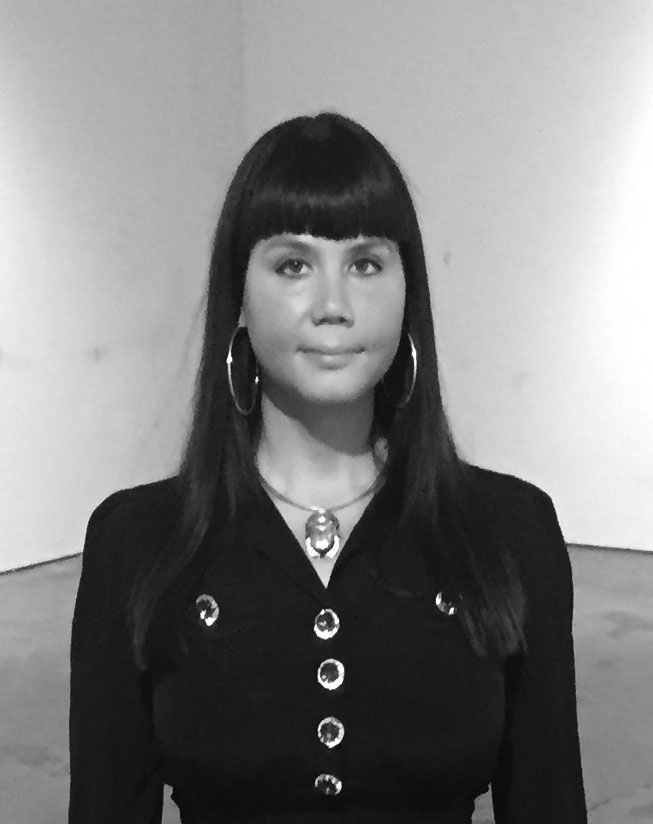
@shautamarsh
@bigcarpix
bigcar.org
tubefactory.org
Shauta Marsh is a co-founder of Big Car Collaborative and works as its curator and program director.
From 2009-2011 she was assistant director at the Indianapolis Museum of Contemporary Art (iMOCA). In 2012 she was promoted to executive director and chief curator. During that time, Big Car Collaborative and iMOCA frequently collaborated on projects and exhibitions. At iMOCA, Marsh curated and/or organized more than 35 exhibitions including LaToya Ruby Frazier and Tony Buba: Inheritance, Toyin Odutola, Tabitha Soren, Trenton Doyle Hancock: Mound At Large, Richard Mosse: Fermata, and more.
Marsh returned full-time to Big Car Collaborative in March 2015 when the organization purchased a vacant former manufacturing building, Tube Factory. Tube Factory Artspace is a 12,000-square-foot museum, social practice art, and Big Car Collaborative studio space. Exhibitions there are curated based on the themes of community, place, memory
and mythology.
Since opening Tube Factory Artspace in May 2016, Marsh has commissioned Indianapolisbased, regional and national contemporary visual and musical artists — working with artists such as Carlos Rolón, Calvin Johnson, Jesse Sugarmann, Larissa Hammond, LaShawnda Crowe Storm, Carl Pope, Mari Evans, Pablo Helguera, Prince Rama, Scott Hocking, and more.
She also leads and coordinates public art projects and events via Big Car’s placemaking program, Spark Placemaking. In addition, Marsh is a writer for the publication
Pattern Magazine.
Public Programming
March 15, 2018 ― 12:30 to 1:30 PM
Qatar Foundation Art Trail: Guided Tour with curator Shauta Marsh
Video
A mural of Mari Evans in Indianapolis
Led by Big Car Collaborative's Shauta Marsh
Carl Pope's Artist Talk at Tube Factory artspace
Photo Gallery
Related Topics
Crossing Boundaries Lecture
Wavelength Lecture Series
Wavelength Lecture Series